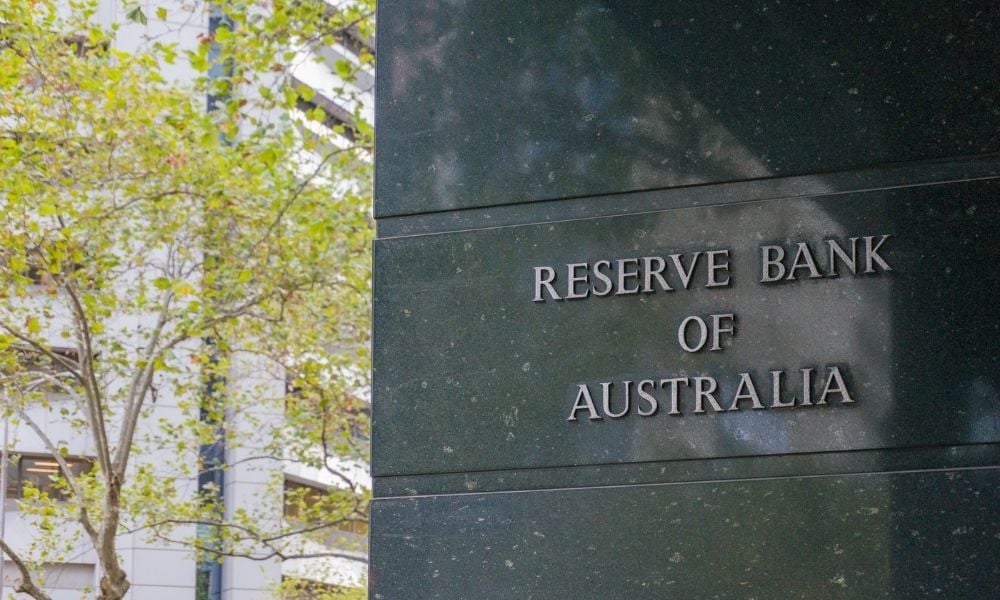Even as the central bank holds the line on the cash rate, it warns that lending standards must be maintained

The Reserve Bank of Australia has warned of the importance of responsible home lending standards even as it keeps interest rates at record lows.
The central bank continued to insist that consumer price inflation won’t be high enough to warrant raising the cash rate from its current 0.1% before 2024, according to a report by The Australian. However, it stressed that the Council of Financial Regulators had been “discussing the medium-term risks to macroeconomic stability of rapid credit growth at a time of historically low interest rates.”
After the RBA’s meeting on Tuesday, governor Philip Lowe said it was “important that lending standards are maintained” in the current environment.
In an indication of a potential strategy to tighten home-lending policies, Lowe said it was important that “loan serviceability buffers are appropriate.”
In its quarterly statement last week, the CFR warned of credit growth “materially outpacing household income,” a situation that “would add to the medium-term risks facing the economy, notwithstanding that lending standards remain sound.” The CFR said that it “discussed possible macroprudential policy responses.”
While monetary policy so far remains conducive to house price growth, CoreLogic head of research Eliza Owens told The Australian that the comments from regulators showed that there were “headwinds on the horizon.”
Read next: Another big bank boss calls for brakes on housing market
The central bank’s comments on the importance of appropriate loan serviceability buffers comes on the heels of data showing that household debt-to-income ratios for owner-occupiers hit a record 102%, The Australian reported. RBA data also showed that housing credit increased 5.6% in the year to June.
“APRA data on quarterly property exposures for authorised deposit-taking institutions suggests that around 22% of new mortgage lending has a debt-to-income ratio of six or more,” Owen said. “This may also become a focus for more prudent lending conditions.”
Capital city house prices rose by 1.5% month on month in September, the slowest monthly rate since January, The Australian reported.
“Affordability constraints already appear to be easing momentum in the market, with monthly growth rates of property values likely peaking in March 2021,” Owen said.
Shane Oliver, head of investment strategy and chief economist for AMP Capital, told The Australian that macroprudential measures were “widely expected” this year. In addition to increasing loan serviceability buffers, regulators could also clamp down on high debt-to-income lending and high loan-to-valuation lending, he said.



